The AI Race – Where Is It Taking Us?
The AI Race – Where Is It Taking Us?
In recent years, artificial intelligence (AI) has become a hot topic globally. With great advances in automation, machine learning and data analysis, AI is gradually penetrating every aspect of human life. But are we sacrificing our safety and human values in this technological race?
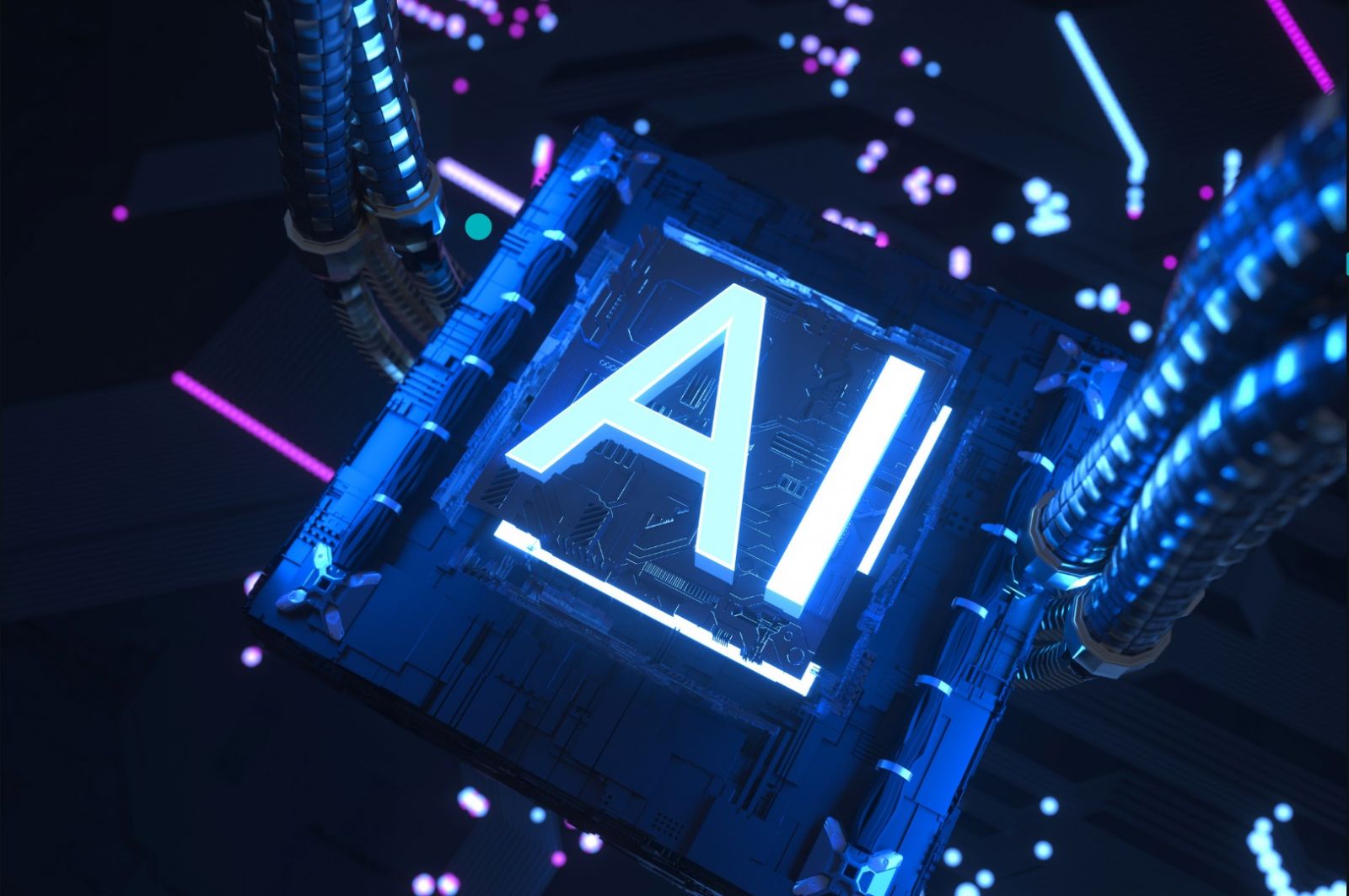
From the Industrial Revolution to the AI Revolution
The industrial revolution has created a major turning point in human history, and now AI is promising a similar revolution, but at a faster pace. From healthcare, education, to manufacturing, AI is being touted as the key to sustainable and efficient development.
However, the dark side of AI is not simple. Issues about privacy, cybersecurity, and even the possibility of job loss due to automation are gradually emerging as major concerns. Are we losing control due to rapid technological advances, or will AI really bring a bright future?
AI and Real Life
In everyday life, AI is present in a quiet but powerful way. Applications such as virtual assistants, self-driving cars, and even automated systems in banks are changing the way we work, move, and interact with the world. This means that AI is no longer a distant concept in the future, but has become an indispensable part of the present.
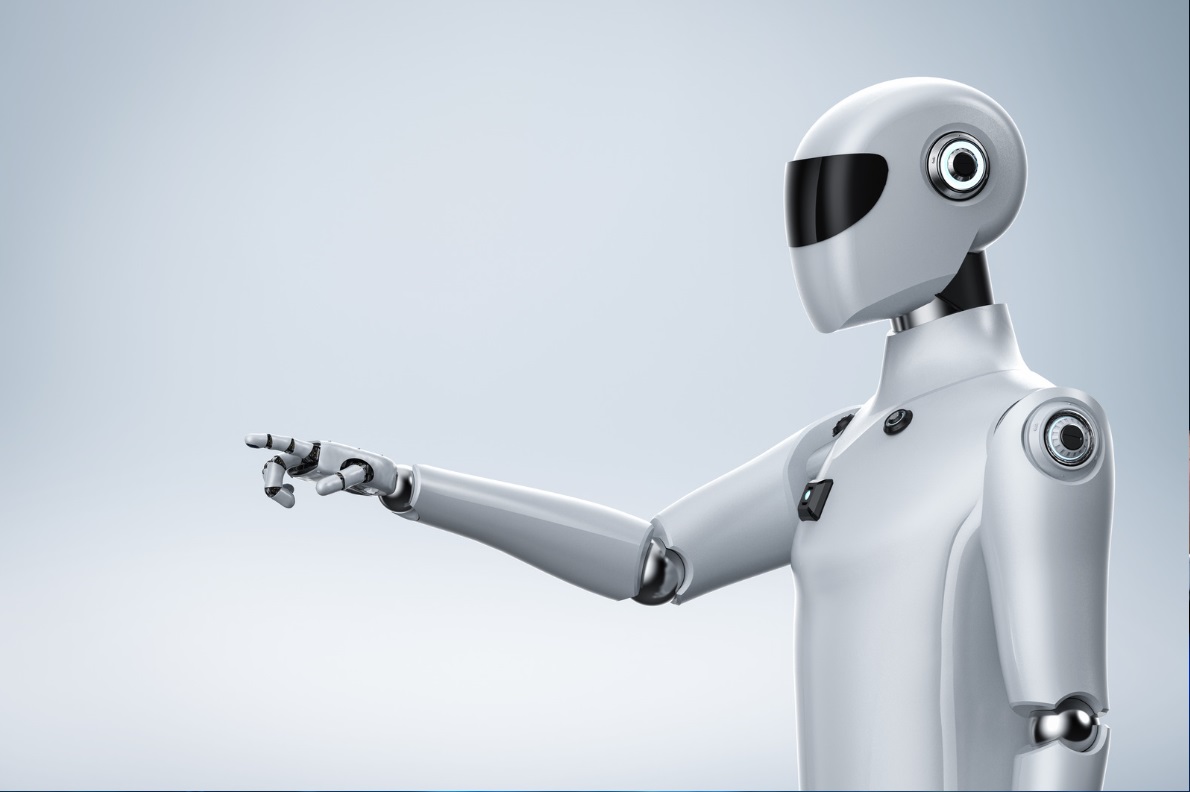
But we need to ask: Is AI serving humans or are we gradually becoming a tool for AI?
AI – Opportunities and Challenges
Although AI opens up countless opportunities, such as improving healthcare, reducing production costs or increasing labor productivity, it also poses challenges that humans have never faced before. From ethical issues in the use of personal data, to over-reliance on automated systems, can AI really be a double-edged sword?
As AI develops, it requires not only technology but also legal and ethical adjustments. An AI system is only truly useful when it is carefully managed and balances the benefits of technology with the protection of human rights.
The Future of AI
The future of AI will be decided not only by technology developers, but also by the global community – where everyone needs to have a voice in shaping the rules and norms for using AI. The race to develop AI among the superpowers is not only an economic race but also a race for control, influence and national security.
In conclusion, AI brings a lot of potential but also many challenges. It is important that we need to be aware of both sides of the issue to make wise steps in applying and developing this technology.
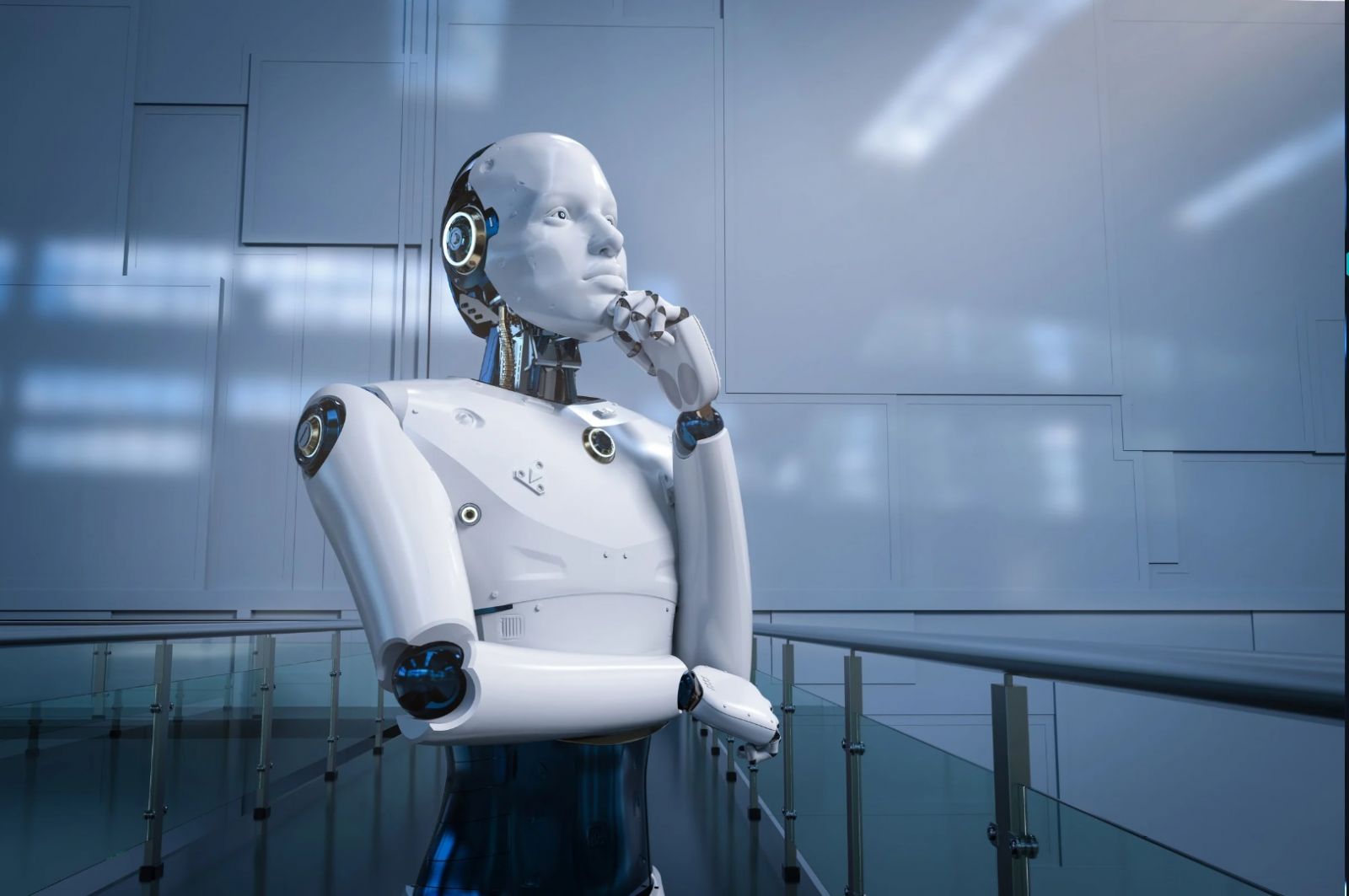
Webstory: The Rise of AI – How is the Future Shaped?
1. What is AI?
- Artificial Intelligence is changing the way we live and work.
2. How is AI already present in our lives?
- From virtual assistants to self-driving cars, AI is everywhere.
3. What opportunities does AI create?
- Improving healthcare, increasing productivity and more.
4. The challenges AI brings?
- Privacy, job loss and ethical issues.
5. Is AI a double-edged sword?
- A powerful technology, but needs to be tightly regulated.
6. The Future of AI:
- The future of AI is in our hands – will it be a boon or a threat?
Join the discussion: Where do you think AI will take us?
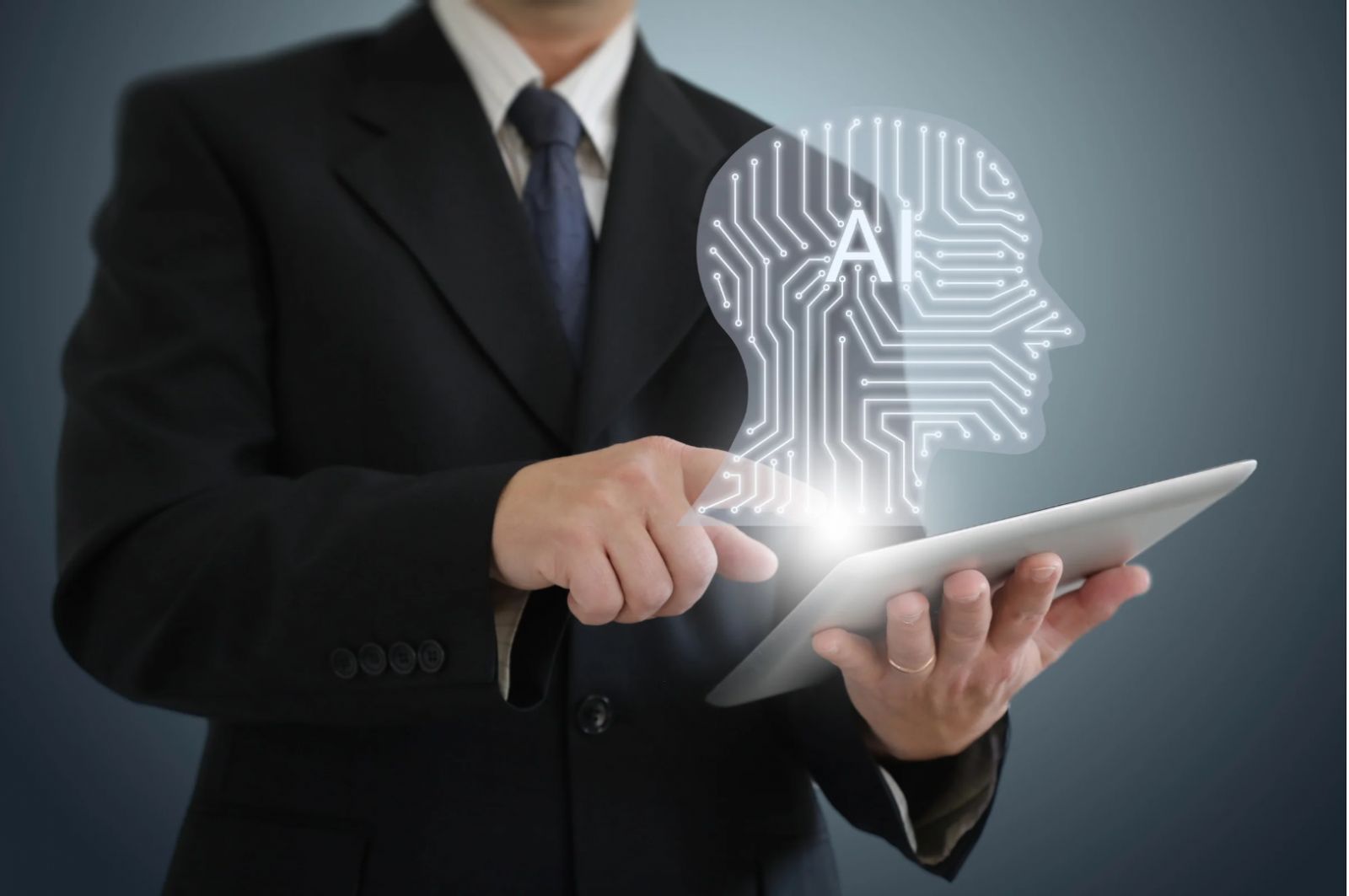
1. What is AI?
AI (Artificial Intelligence), or Artificial Intelligence, is a field in computer science that develops systems and machines that can perform tasks that were previously only possible for humans. AI simulates human intellectual abilities, such as learning, reasoning, problem solving, and decision making.
Major Types of AI:
1. Narrow AI:
- Definition: AI designed to perform a specific task and capable of operating within a narrow scope.
- Examples: Virtual assistants like Siri and Google Assistant, image recognition systems, and Internet search algorithms.
2. General AI:
- Definition: AI that is capable of understanding and performing any intellectual task that a human can do. This is the type of AI we often see in science fiction movies.
- Example: There are no real-world examples of General AI.
3. Superintelligent AI:
- Definition: AI that is capable of surpassing all human intellectual capabilities. This is a theoretical concept and has not yet been realized.
- Example: There are no real-world examples of Superintelligent AI.
4. Computer Vision:
- Definition: Allows computers and systems to understand and analyze images and videos.
- Applications: Facial recognition, autonomous driving, and video analytics.
AI Applications:
- Medical: Disease diagnosis, medical image analysis, and personalized treatment.
- Transportation: Self-driving cars, traffic management, and route optimization.
- Finance: Fraud detection, risk analysis, and transaction automation.
- Education: Personalized learning systems that support students and teachers.
AI is becoming increasingly popular and has a profound impact on many areas of society, from work and education to entertainment and transportation.
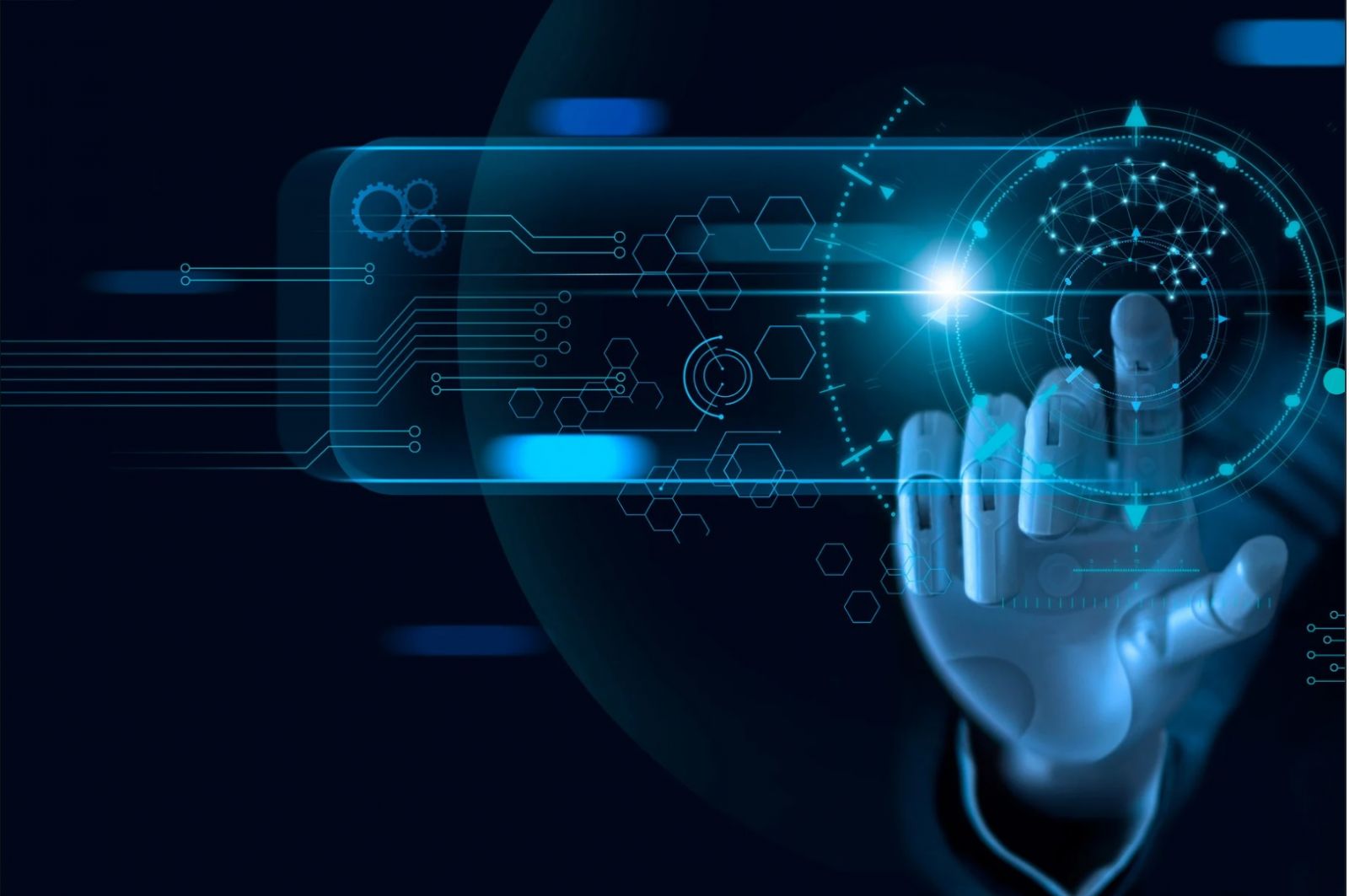
2. How AI Has Pervaded Our Lives
Artificial Intelligence (AI) has become an integral part of our daily lives, whether we realize it or not. Here are some ways AI has manifested and impacted our lives:
-
Virtual Assistants and Chatbots
- Applications: Apple’s Siri, Google Assistant, Amazon’s Alexa.
- Impact: Assists users with daily tasks such as scheduling, checking weather, sending messages, and controlling smart home devices through voice commands.
-
Image Recognition
- Applications: Facial recognition systems for unlocking phones, identifying people in videos.
- Impact: Enhances security and convenience in accessing devices and services.
-
Finance and Banking
- Applications: Fraud detection systems, credit risk prediction, customer support chatbots.
- Impact: Improves accuracy in financial transactions and enhances customer experience.
-
Healthcare
- Applications: Disease diagnosis systems based on imaging, large-scale health data analysis, AI assistants in surgery.
- Impact: Enhances diagnostic accuracy, optimizes treatment, and improves health outcomes.
-
Transportation and Logistics
- Applications: Self-driving cars, intelligent traffic management systems, ride-hailing apps.
- Impact: Increases road safety, reduces congestion, and improves travel experience.
-
Education
- Applications: Personalized learning systems, smart tutoring assistants, automated assessment tools.
- Impact: Provides personalized learning experiences and helps teachers track student progress more effectively.
-
Entertainment
- Applications: Content recommendations on Netflix, Spotify, video games using AI to create rich and engaging experiences.
- Impact: Delivers relevant content and enhances entertainment experiences.
-
E-commerce
- Applications: Product recommendations based on shopping history, customer support chatbots, inventory management optimization.
- Impact: Enhances online shopping experiences and optimizes sales processes.
-
Human Resources and Recruitment
- Applications: Resume screening systems, employee performance analysis, interview chatbots.
- Impact: Saves time in recruitment processes and human resource management.
-
Business Automation
- Applications: Automated workflow management systems, business data analysis.
- Impact: Enhances operational efficiency, reduces costs, and improves workflow processes.
AI is not just an emerging technology but has already been deeply integrated into various fields and daily activities. These applications not only enhance convenience but also open up new opportunities and challenges in many aspects of modern life.
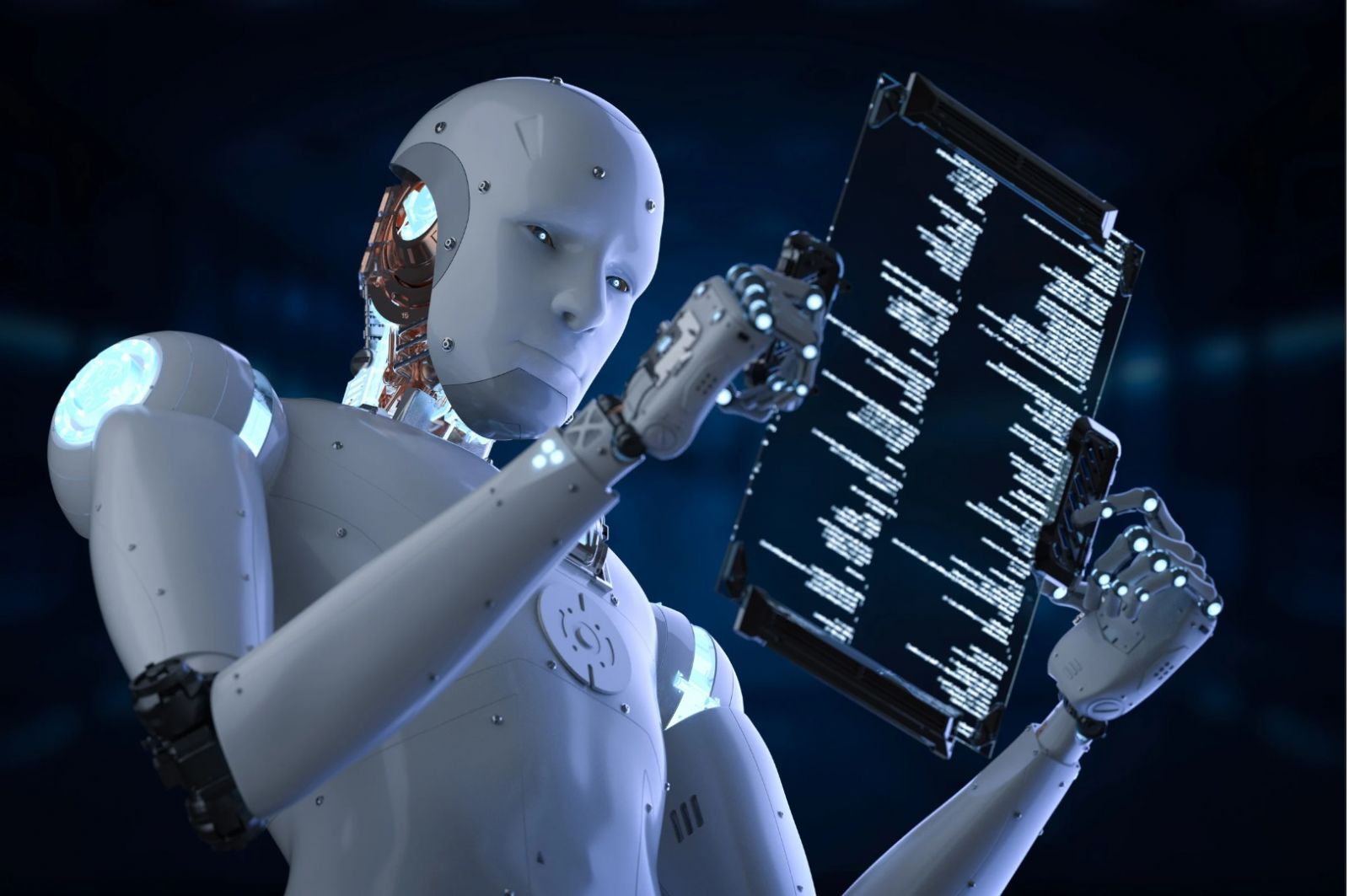
3. What Opportunities Does AI Create?
Artificial Intelligence (AI) opens up numerous new opportunities across various fields, providing significant benefits for individuals and organizations. Here are some key opportunities created by AI:
-
Enhanced Work Efficiency
- Applications: Workflow automation, rapid data analysis.
- Benefits: Reduces monotonous tasks, boosts efficiency and productivity.
-
Improved Customer Service
- Applications: Chatbots and virtual assistants providing 24/7 customer support.
- Benefits: Enhances customer experience, resolves issues quickly, and reduces workload for support staff.
-
Predictive Analytics
- Applications: Big data analysis to predict trends and customer behavior.
- Benefits: Improves business strategies, optimizes marketing, and manages risks.
-
Personalized User Experience
- Applications: Product, content, and service recommendations based on user preferences and behavior.
- Benefits: Increases customer satisfaction, creates personalized solutions and products.
-
Healthcare Improvements
- Applications: Disease diagnosis, medical image analysis, treatment outcome prediction.
- Benefits: Enhances diagnostic accuracy, optimizes treatments, and improves health outcomes.
-
Manufacturing Automation
- Applications: Robots and automated systems in production and manufacturing.
- Benefits: Increases productivity, reduces production errors, and lowers labor costs.
-
Decision Support
- Applications: Data analysis and simulations to support strategic decision-making.
- Benefits: Provides accurate and timely information, aiding managers in making better decisions.
-
Exploration and Development of New Technologies
- Applications: Research and development of new technologies based on AI.
- Benefits: Creates innovative products and services, opens up new markets and business opportunities.
-
Education and Training
- Applications: Personalized learning systems, intelligent tutoring assistants.
- Benefits: Enhances learning effectiveness, provides educational resources tailored to individual needs.
-
Transportation and Logistics
- Applications: Self-driving vehicles, intelligent traffic management systems.
- Benefits: Reduces traffic accidents, improves transportation efficiency, and decreases congestion.
-
Enhanced Security
- Applications: AI-based surveillance and fraud detection systems.
- Benefits: Improves security and protection, prevents fraudulent activities and crime.
-
Enriched Entertainment Experiences
- Applications: Personalized content recommendations, AI-driven games and entertainment apps.
- Benefits: Creates rich, personalized entertainment experiences for users.
AI not only provides effective solutions to current challenges but also opens up numerous new opportunities for technological advancement, business growth, and improved quality of life.
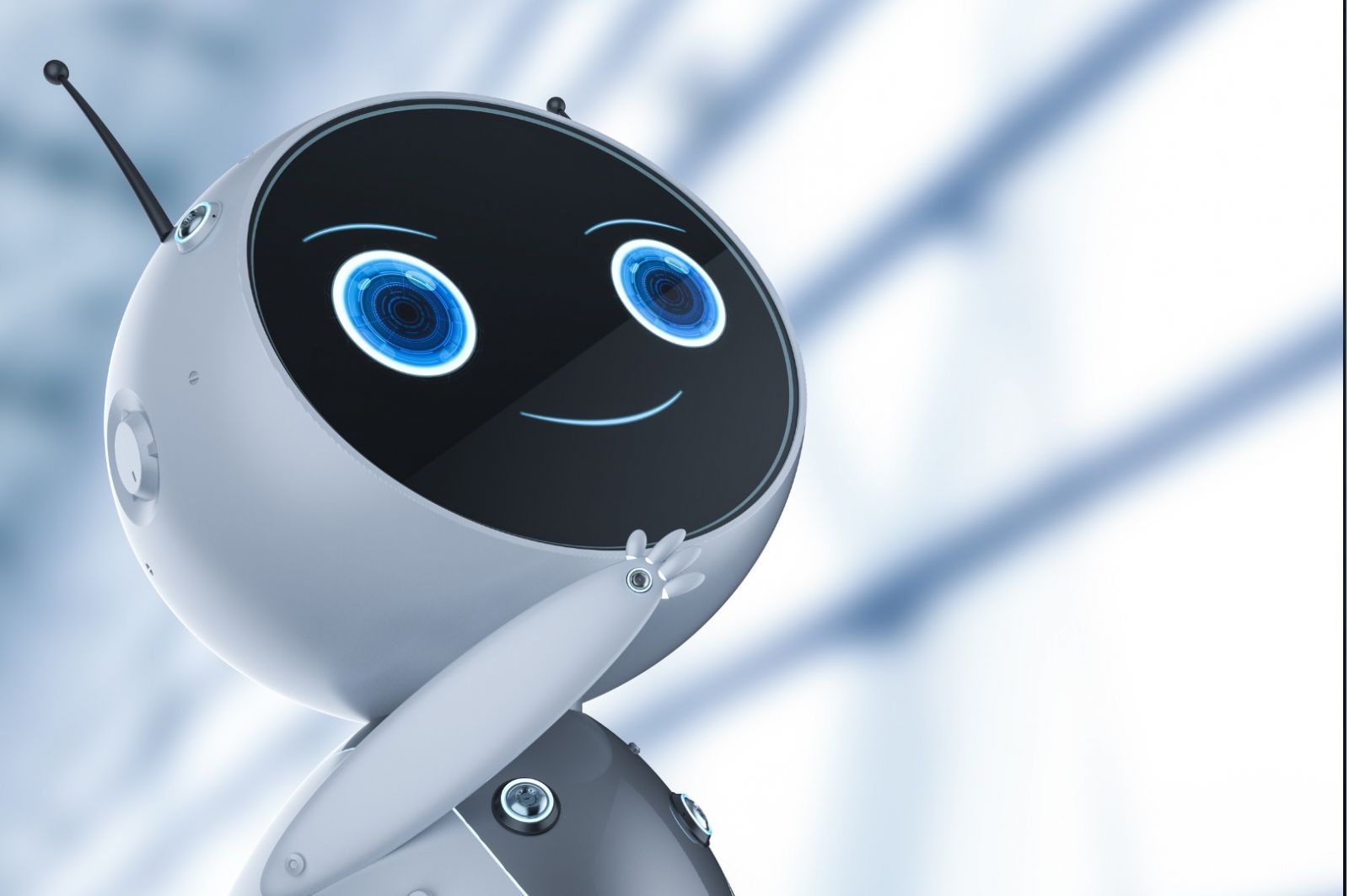
4. What Challenges Does AI Present?
Although Artificial Intelligence (AI) brings numerous opportunities and benefits, it also creates several significant challenges that society needs to address. Here are the main challenges:
-
Job Displacement and Workforce Replacement
- Challenge: Automation and AI may replace many human jobs, especially repetitive and mundane tasks.
- Impact: This can lead to job loss, decreased income, and the need for retraining strategies to help workers transition to new careers.
-
Security and Privacy
- Challenge: AI can collect and analyze large amounts of personal data, leading to potential breaches of privacy and data security.
- Impact: Measures are needed to protect privacy and data security, as well as to establish legal regulations to control data usage.
-
Bias and Discrimination
- Challenge: AI systems may reflect and even exacerbate biases present in their training data.
- Impact: This can lead to unfair discrimination in automated decisions, such as hiring, lending, and legal management.
-
Accuracy and Reliability
- Challenge: AI systems may make inaccurate or unreliable decisions if they are not adequately trained or tested.
- Impact: Errors in decisions can have serious consequences in fields like healthcare, finance, and transportation.
-
Transparency and Explainability
- Challenge: Many AI systems, especially deep learning models, operate as "black boxes," making it difficult to understand how they make decisions.
- Impact: Mechanisms are needed to explain and clarify AI decisions to ensure fairness and accountability.
-
Control and Management
- Challenge: The rapid development of AI can lead to difficulties in managing and controlling complex AI systems.
- Impact: Regulations and standards are needed to ensure the safe and responsible development and deployment of AI.
-
Social and Economic Impact
- Challenge: AI can bring significant changes to social and economic structures, such as wealth inequality or shifts in labor market dynamics.
- Impact: Policies are needed to address these changes and ensure that the benefits of AI are distributed fairly across society.
-
Ethics and Human Rights
- Challenge: The use of AI in sensitive areas like surveillance, military, and legal decisions can raise ethical and human rights issues.
- Impact: Ethical and legal guidelines are needed to ensure AI is used responsibly and respects human rights.
-
Superintelligent AI
- Challenge: Developing AI with intelligence surpassing human capabilities (superintelligent AI) could pose unforeseen risks if not properly controlled and managed.
- Impact: Research and preparedness are required to address these situations and ensure that superintelligent AI is developed and used safely.
Addressing these challenges requires collaboration between researchers, policymakers, and the community to develop reasonable and effective solutions, ensuring that AI development benefits all of society.

5. Is AI a Double-Edged Sword?
AI can indeed be seen as a "double-edged sword" because it brings both opportunities and challenges, and its impact depends on how we deploy and manage this technology. Here are the strengths and weaknesses of AI, reflecting its "double-edged" nature:
Strengths (The Good Edge)
-
Enhanced Efficiency and Productivity
- AI can automate repetitive and mundane tasks, improving efficiency and productivity across various fields such as manufacturing, customer service, and data management.
-
Data Analysis and Prediction
- AI has the ability to analyze large volumes of data quickly and accurately, providing predictions and insights that are difficult for humans to achieve, thus supporting strategic decision-making and improving effectiveness.
-
Improved Healthcare
- In healthcare, AI can assist in early diagnosis, personalize treatment methods, and manage patient records more effectively.
-
Enhanced Customer Experience
- AI systems can offer 24/7 customer service, generate personalized recommendations, and enhance user experiences in applications and services.
-
Exploration of New Technologies
- AI opens up opportunities for technological innovations, from self-driving cars to new entertainment applications, expanding creativity and development across various fields.
Weaknesses (The Bad Edge)
-
Job Displacement and Workforce Replacement
- Automation and AI may replace many human jobs, leading to job loss and the need for retraining and career transition measures for affected workers.
-
Privacy and Security Issues
- AI can extensively collect and analyze personal data, leading to potential breaches of privacy and data security, necessitating strict regulations and protective measures.
-
Bias and Discrimination
- AI may reflect existing biases in training data, leading to unfair decisions in areas such as hiring, lending, and legal judgments.
-
Accuracy and Reliability
- AI systems may make inaccurate decisions if the input data is incomplete or erroneous, posing risks in critical applications like healthcare and finance.
-
Management and Control
- The rapid development of AI can lead to difficulties in managing and controlling complex AI systems, requiring regulations and standards to ensure safe and responsible development.
Conclusion AI is a double-edged sword because it can provide significant benefits while also creating substantial challenges. To optimize benefits and minimize risks, a balanced approach is needed, with appropriate policies, regulations, and strategies to ensure AI is used responsibly and benefits society as a whole.
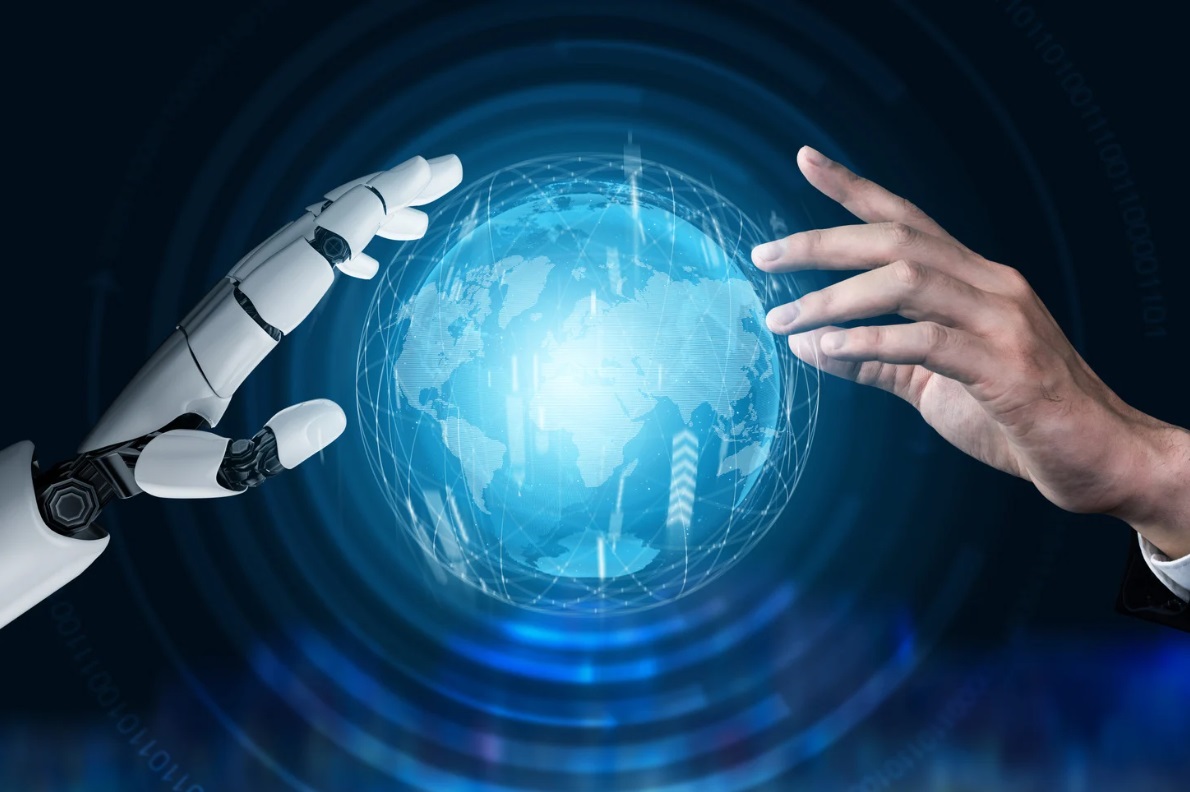
6. The Future of AI
The future of Artificial Intelligence (AI) is being shaped by rapid technological advancements, along with significant expectations and challenges. Here are some trends and predictions about the future of AI:
1. Progress in AI
- Self-Learning and Deep Learning: AI systems will continue to advance in deep learning and machine learning, with the ability to self-improve with minimal human intervention.
- Enhanced Autonomy: AI may become more autonomous, performing complex tasks and making decisions based on predefined goals without continuous human input.
2. Expanding Applications
- AI in Healthcare: AI will play an increasingly important role in diagnosing diseases, early detection, and developing personalized treatment methods. Technologies such as medical image analysis and predictive outcomes will become more accurate.
- Transportation and Logistics: AI will continue to improve transportation systems, including self-driving vehicles and intelligent traffic management systems, reducing congestion and enhancing traffic safety.
3. Integration with Other Technologies
- AI and Internet of Things (IoT): The integration of AI with IoT will create smarter systems, allowing devices to connect and operate more effectively in smart and automated environments.
- AI and Blockchain: AI could be combined with blockchain to enhance security, transparency, and efficiency in transactions and data management.
4. Enhancing Artificial Intelligence
- Superintelligent AI: Researchers are working on developing AI with intelligence surpassing human capabilities (superintelligent AI), with the potential to solve complex problems beyond current human capacity.
- Human-AI Interaction: AI will become increasingly user-friendly and interactive, improving communication and experience with humans.
5. Care and Ethics
- Regulations and Policies: Governments and organizations will need to develop regulations and policies to manage the development and use of AI responsibly, addressing issues related to privacy, security, and ethics.
- Education and Training: Educational and training programs will be necessary to prepare the workforce for changes caused by AI, including skill retraining and the development of new skills.
6. Social and Economic Impact
- Workforce Structure Changes: AI will continue to alter the workforce structure, creating new job opportunities but also causing job losses in certain areas. Measures will be needed to support those affected.
- Increased Competition: AI will drive competition across various fields, from business to research, accelerating innovation and technological advancement.
7. Creating Humane AI
- Humane and Emotional AI: AI will increasingly have the ability to understand and respond to human emotions, creating applications that can interact with and support emotions, ranging from education to healthcare.
Conclusion The future of AI promises many new opportunities and challenges. To harness the benefits of AI and mitigate risks, close collaboration between researchers, governments, businesses, and communities is essential to develop innovative and responsible solutions. AI has the potential to transform how we live and work, and managing its development will determine its positive impact on society.

Related Posts

-
19/09/2024
What is Artificial Intelligence?
Artificial Intelligence (AI) is a field of technology that allows computers and systems to learn, process information, and perform tasks that previously required human intelligence, such as voice recognition, natural language processing, and decision-making. AI can automate complex tasks, optimize processes, and improve efficiency across many sectors.
Copyright © 2017 Copyright by Phuc Minh Engineering Co., Ltd










